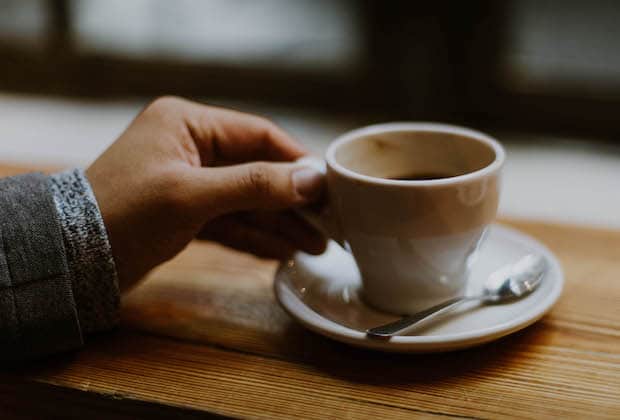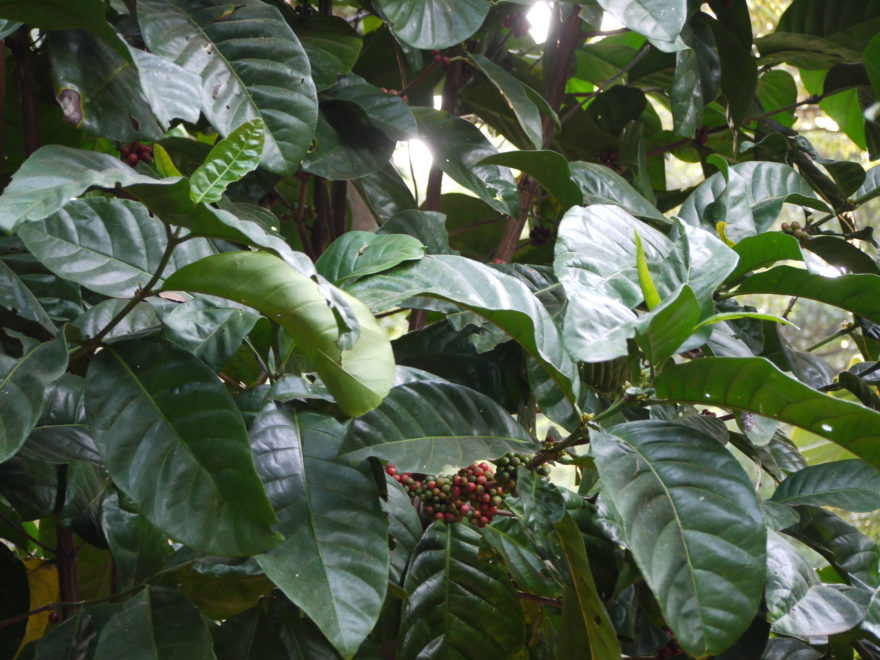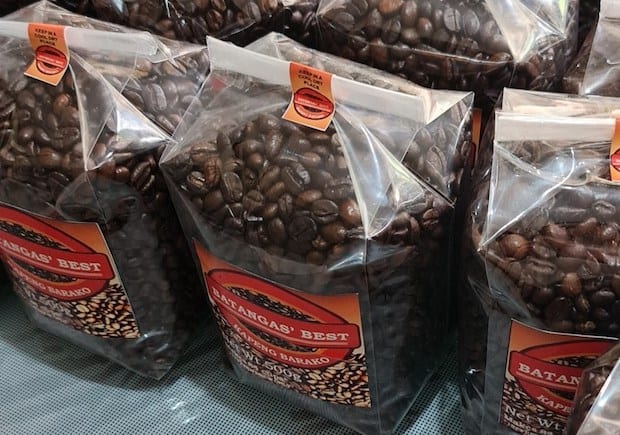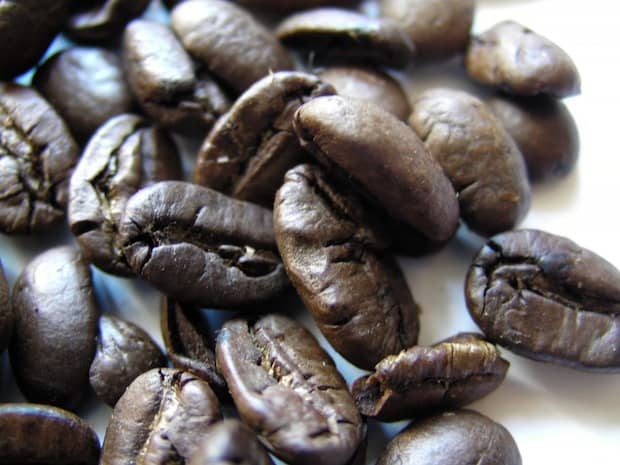Last Updated on December 4, 2023
Kapeng Barako coffee (often called simply Barako) might not be for everyone, but for those who love it, they don’t want to lose it.
Much like indigenous grape varietals that have been driven to near extinction from a pure lack of attention, lesser coffee varietals face the same fate. When the world demands pinot gris, Garganega is a tougher sell. Even with the rise of small-producer, single-origin coffee beans, the quirky and bold Barako has yet to regain a place of prominence in the international coffee industry.
The third wave of coffee ushered in a more intentional, artisanal approach to both coffee bean cultivation and the craft of coffee brewing. In many ways it has been reminiscent of the slow food movement, which called for more supply-chain transparency and a return to heirloom varietals and place-based cooking. There’s a growing appreciation for the culinary cornucopia of the past, and a revolt against the homogenization of both our food culture and society at large.

While we long to see the return of diversity in our food system, we rarely make the effort to seek out the unknown. Instead, we’re often pacified by what’s offered up with convenience and familiarity by the corporate giants.
If we want to live in a world of many splendors, we’re going to have to step out of our comfort zone and try new things. So what exactly is Kapeng Barako, and why is it important that we help it thrive?
What is Kapeng Barako?
Kapeng Barako is a rather obscure coffee varietal grown predominantly in the Batangas provinces of the Philippines. Although this Batangas coffee is often thought to be an indigenous varietal, it was actually brought to the Philippines from Liberia by Spanish colonizers.
The name is Filipino. Kapeng Barako in English is simply “Barako coffee”.
What makes Kapeng Barako unique from most of the current commercially grown varieties of coffee is that it belongs to neither the Arabica nor the Robusta coffee species. It is, as its roots would suggest, a Liberica bean.
Liberica coffee beans are known for their floral, fruity aroma and strong, often smoky flavor. Barako beans are a great example. The trees grow big, with big fruit (the biggest cherries of any variety of coffee) and big flavor. Perhaps it’s the strong taste and pungent aroma that has pushed them to the fringes of popular coffee culture, but more likely it’s the work required to grow them.

When much of the world’s coffee production was wiped out by coffee leaf rust in the late 19th century, a the supply shortage triggered a responsive lack of demand. Many farmers, out of economic necessity, cut down their coffee trees to make room for other cash crops. When demand for coffee rose again in the middle of the 20th century, hearty and easy-to-cultivate Robusta trees were favored over the labor-intensive Liberica trees.
Kapeng Barako trees can grow more than 18 meters in height, demanding a lot of inputs, and can be extremely challenging to harvest. As Arabica beans gained popularity for their more elegant flavor profile and small, easy-to-maintain trees, the Arabica and Robusta strains took over the market. They continue to dominate today.
Kapeng Barako today
Kapeng Barako continues to be a common coffee choice in the Philippines, particularly with older generations. Younger Filipinos, much like younger generations around the world, are turning to the mainstream coffee outlets, which likely plays a role in Barako slipping from popularity.

Authentic Kapeng Barako remains a wonderful way to get an true taste of the Philippines. Should you visit, you’d be remiss not to try the enticingly bold and earthy brew. Several spots in the Philippines offer it, with Cafe de Lipa in Lipa City being the most well known. The Figaro Coffee chain of shops not only proudly serves Barako, but they also have several initiatives to support education and conservation as well.
Pour-over is a popular modern brewing method for extracting the complex and unique flavor profile of Barako beans. Tradtionally, though, it is steeped, with muscovado sugar added to the ground beans.
Muscovado sugar is made from cane juice, without removing the molasses, so its rich flavor is a welcome addition that enhances rather than masks the earthy, smoky qualities of this distinctive coffee.
Outside the Philippines it’s rare to find anyone who’s even heard of Kapeng Barako, let alone people who actively seek it out and consume it. Finding an international market for the Barako bean could be the key to saving it from extinction. Luckily there are a few dedicated Filipino expats and second-generation Filipinos who’ve taken up shop around the world, both importing and serving the coffee of their homeland. For them, Kapeng Barako is intimately tied to Filipino culture, and they want to share it with the world.
If you’re in London, visit Rowena Romulo’s exquisite Romulo Café & Restaurant, for elevated Filipino cuisine and a traditional Barako brew. If you find yourself in Budapest, check out Ryan Andres’ café Barako Kávéház to purchase Barako beans or to sample a cup of Barako coffee.
View this post on Instagram
Stateside, you can order beans from Len’s Coffee, where a portion of profits go back into the conservation of both Barako trees and their surrounding forests.
Kapeng Barako Benefits
Unless we want to live in a Wonder Bread world, dominated by bland yet familiar products, we must seek out lesser known varietals and appreciate bold and exciting new flavors. Trying new things not only keeps life interesting, it encourages brain function, and makes us wiser and more creative.
Fostering heirloom varietals and encouraging diversity in our food chain creates healthier systems, greater connection to source, and more opportunity for farmers to grow crops that are meaningful to them and to their culture.
Kapeng Barako is one of those.
In a hyper-globalized world, it’s easy to dismiss the beauty and richness that can be found in the unique and specialized corners, and it’s up to us to ensure they continue to have a place at the table.


